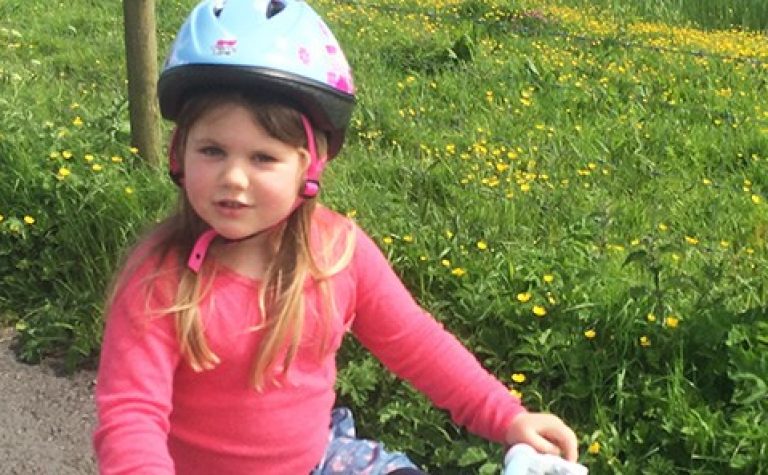Mia gets to go home
Within 10 days, we were told that Mia could go home! I was shocked, how can you just go home if you have leukaemia? The advances of medicine meant that given quite a few bottles of medicine, we could take Mia home and treat her there. We were so happy to be able to take her home. There were numerous hospital appointments and treatments which followed but given the severity of her illness, it was great to be able to be at home and have relative normality. Mia was able to achieve nearly a full remission fairly quickly, however, the
Minimum Residual Disease (MRD) tests still showed some abnormal cells so Mia had to proceed with a slightly more intensive treatment plan. We chose for Mia to have a port-a-cath fitted rather than a hickman line. We chose this so Mia could swim and bathe without the worry of keeping anything dry. Whilst the port has been amazing, we do have to go through the weekly pain of seeing Mia have a needle inserted into her chest. She does brilliantly but occasionally gets upset and angry, we don’t blame her for a second, it’s not fair so why shouldn’t she be annoyed? Mia actually made it to her first day of school, less than one month after she was diagnosed. I was amazed that she could live a relatively normal life whilst still battling this horrific illness.
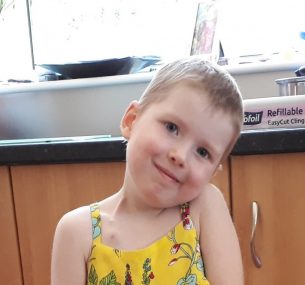
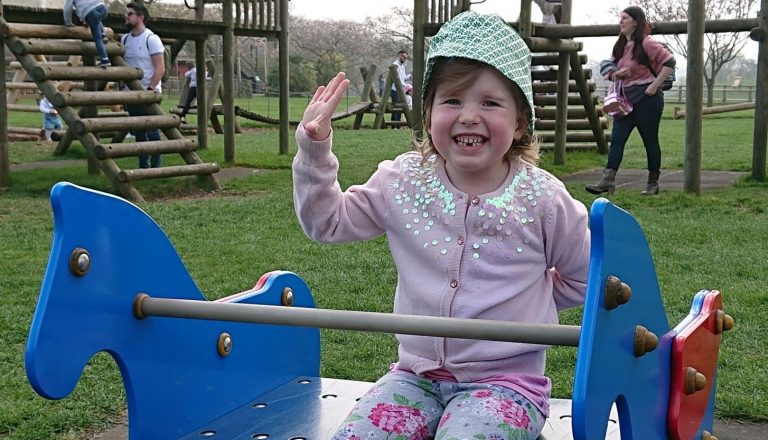
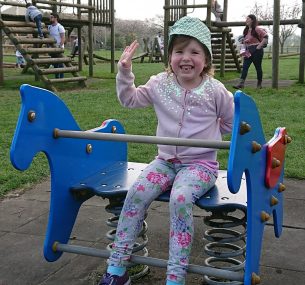
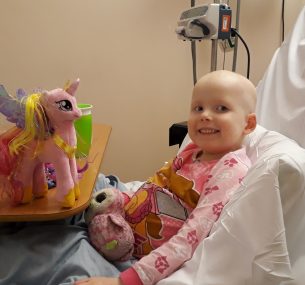
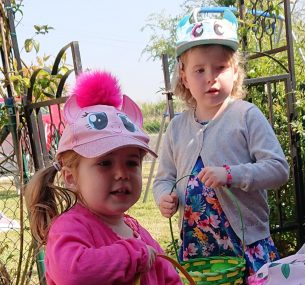
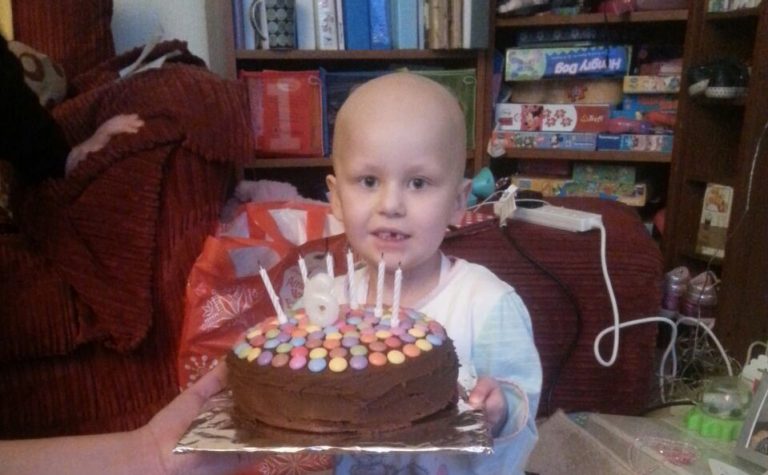

 Choose your distance, with 25km and 10km
Choose your distance, with 25km and 10km